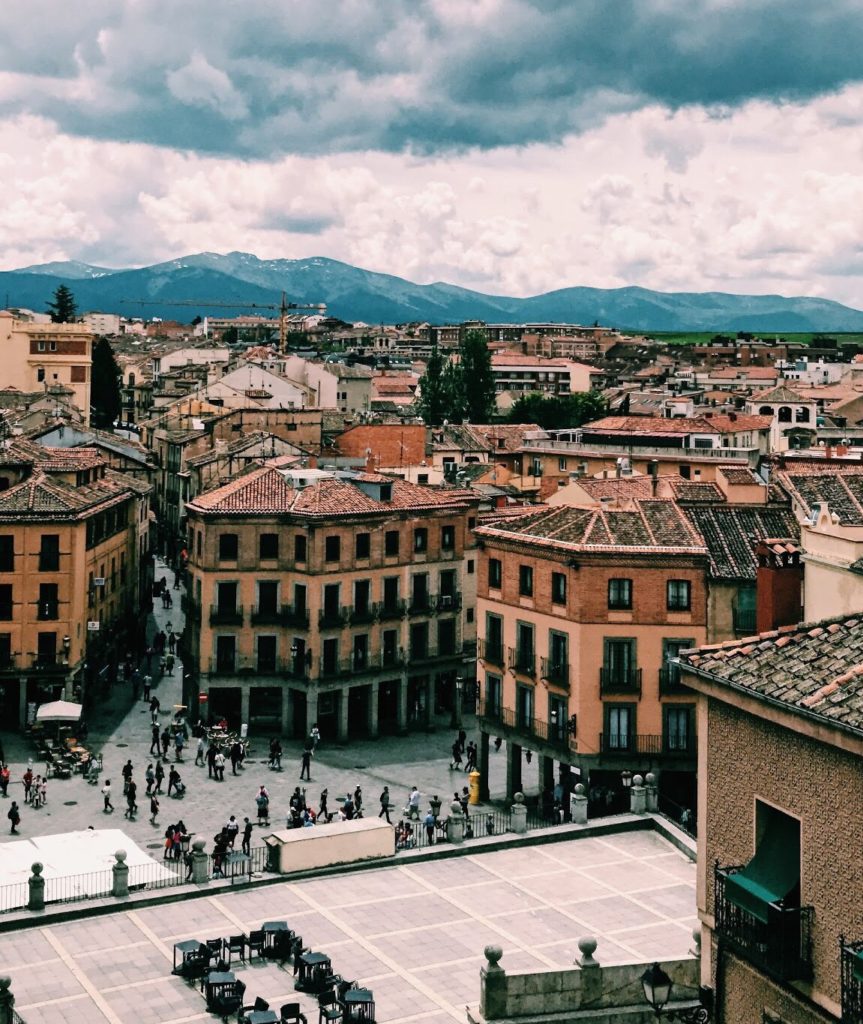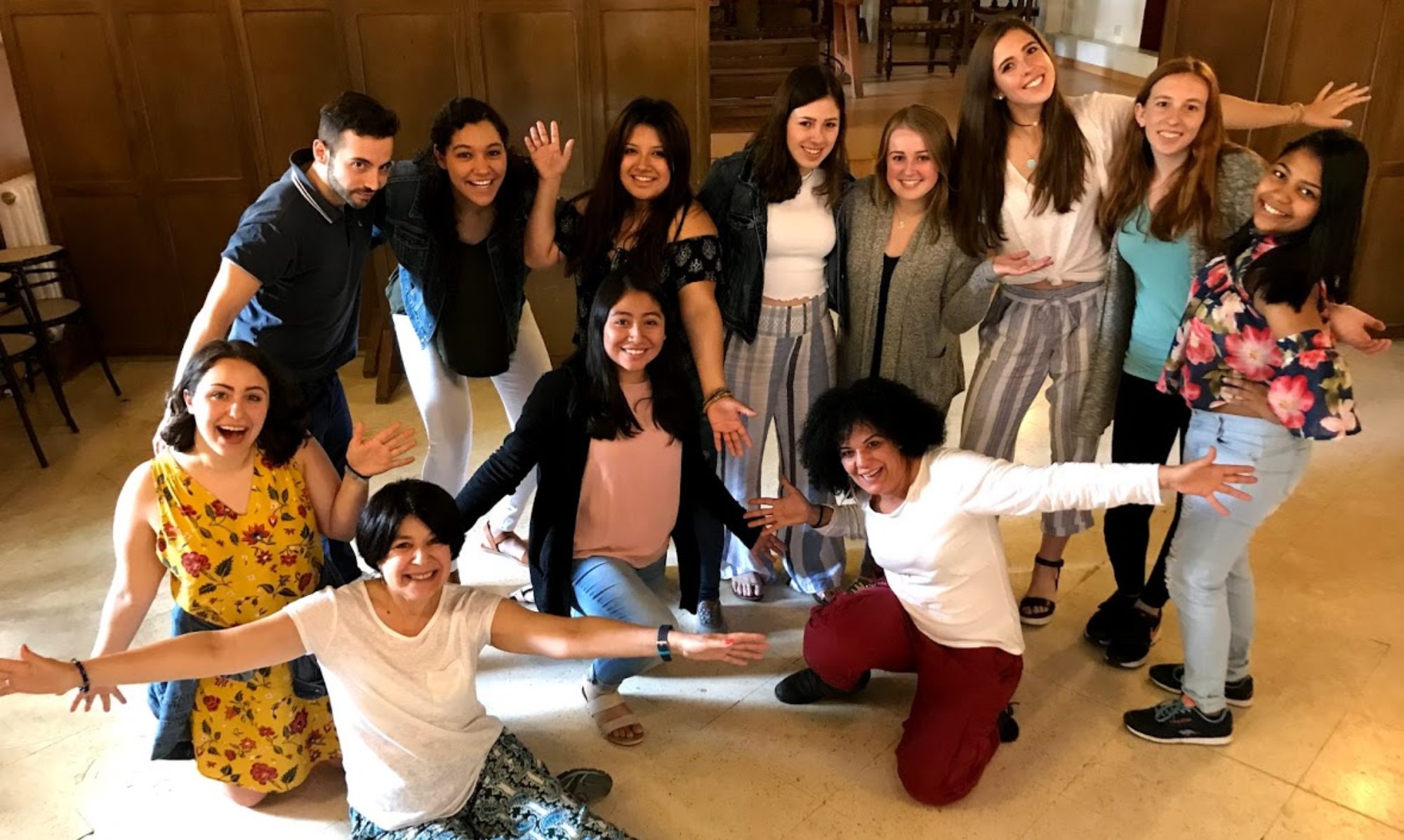
Our first two days in Spain were spent in the center of Madrid in what is called El Barrio de las Letras, one of the many crowded and lively areas of the city. It is a place filled with excited tourists, such as our group, who are looking for adventure and cultural immersion. Even though almost everyone in our group fell in love with the city in only the first few days, we were given the opportunity to visit two of the most beautiful and historical towns of Spain, an experience that many tourists do not get to visit. When people think of Spain, they think of big cities such as Madrid and Barcelona, which are indeed beautiful and exciting places to visit. However, Almagro and Segovia are special and breathtaking, for their unique histories and beauty.
Almagro

Almagro is a small town about 2.5 hours outside of Madrid, and is famous for Los corrales de comedias, one of the oldest open air theaters in the world. When the theater first opened, the lower class men would stand on the lowest/bottom level of the theater and the women stood separately on the first level. The nobles, on the other hand, would sit on the higher levels away from lower class people, and their smell. Thankfully, this tradition has been abandoned for modern audiences, so we were able to enjoy the performances in chairs and with mixed company. Being present in the space and acknowledging the long history and influence it had many years ago was something truly special. We saw two entremeses by Miguel Cervantes; these being short plays that would normally be in the middle of a longer play to provide comic relief. The two entremeses that we saw were El rufián viudo y Laguarda cuidadosa. We were all laughing along the entire time – the plays were so funny! And when the show was over, us and the other audience members were able to ask questions, which was definitely a unique and educational experience. Following that, we ate at a lovely buffet with our professors for lunch. (Side note: the food here is AMAZING!)

Next, we had the privilege of meeting up with one of the actresses, Codi, from the entremeses. She ran through a variety of acting exercises, which introduced us to the world of acting. During our short time together, we found ourselves running around, improving short scenes, and performing dramatic readings of a skit about olives! It was an amazing experience where we were all able experience how actors and actresses go through their creative process.The final part of the workshop was to perform a short entremese of our own. Everyone did an amazing job performing their scene and improvising in Spanish the parts that we did not remember.
Segovia


Our second day trip! Segovia is a old city in the northwest of Spain about an hour outside of Madrid. We stepped off the bus and were immediately enchanted by the giant arches of the aqueducts in front of us. The aqueduct dates back to 1 AD and is a remnant of from when the Romans conquered Spain. One of the most amazing facts is that the stones have no mortar in them, only the other stones surrounding it to hold up the structure . It was a breathtaking sight and the picture barely does it justice.



We then walked around and took in the other sights of Segovia like Plaza Mayor and Burgos Cathedral. We took a pitstop for lunch to consume an excessive amount of food at a good price. Our favorite part of the trip was visiting the Alcazar of Segovia. A castle as beautiful as the ones in the Disney movies. It is absolutely breathtaking that there are no words to describe it. It is definitely a place to visit if you are a history and/or an architect lover, or simply looking for adventure.
Can’t wait for the adventures that await in Seville and Granada!
